A great month for planets
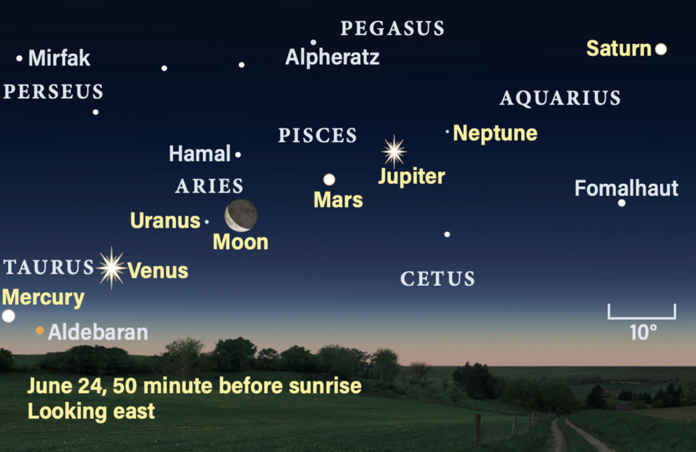
This month, all the planets of our Solar System are visible !
And on Friday the 24th, they are visible in just one go, early in the morning. Beautifully, the 5 naked-eye planets (Mercury, Venus, Mars, Jupiter and Saturn) will then be lined up in order of their distance from the Sun – with the Moon, too, finding its place between Venus and Mars. Uranus and Neptune are visible in the positions indicated in the cover image, and are visible with binoculars or a small scope. Mercury may be the hardest one to spot as it will rise above the Eastern horizon shortly before sunrise.
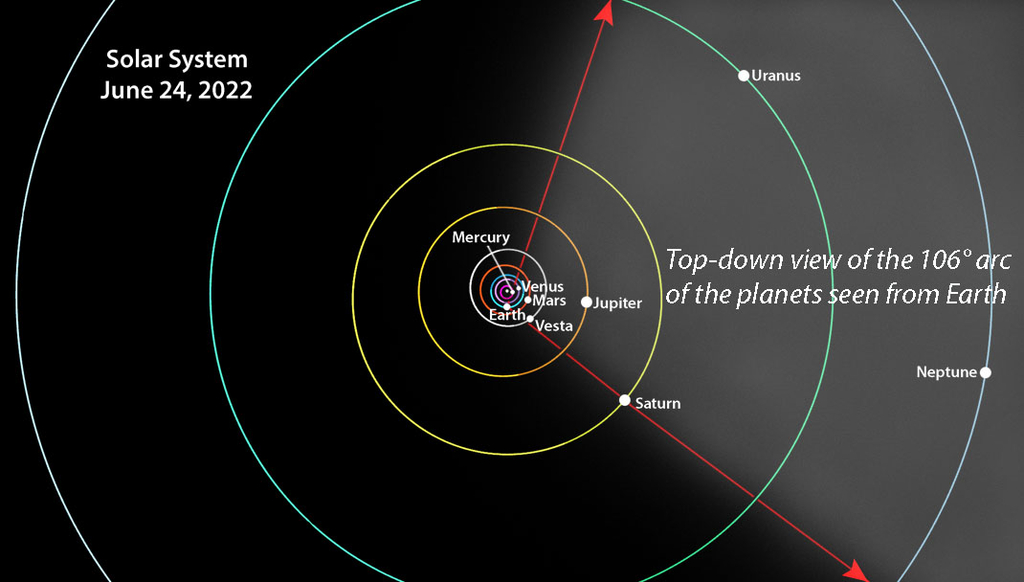
This wonderful planetary coincidence is not to be missed, as it is only possible to see such a sequential arrangement of the naked eye planets every 18 years – let alone with a crescent Moon in the right place and the possibility of seeing our solar system’s ice giants. Note that the peculiar arc formed by the planets is equivalent to the ecliptic, the plane of all the planets’ orbits around the Sun.

17/06 over White Bear Lake, Minnesota 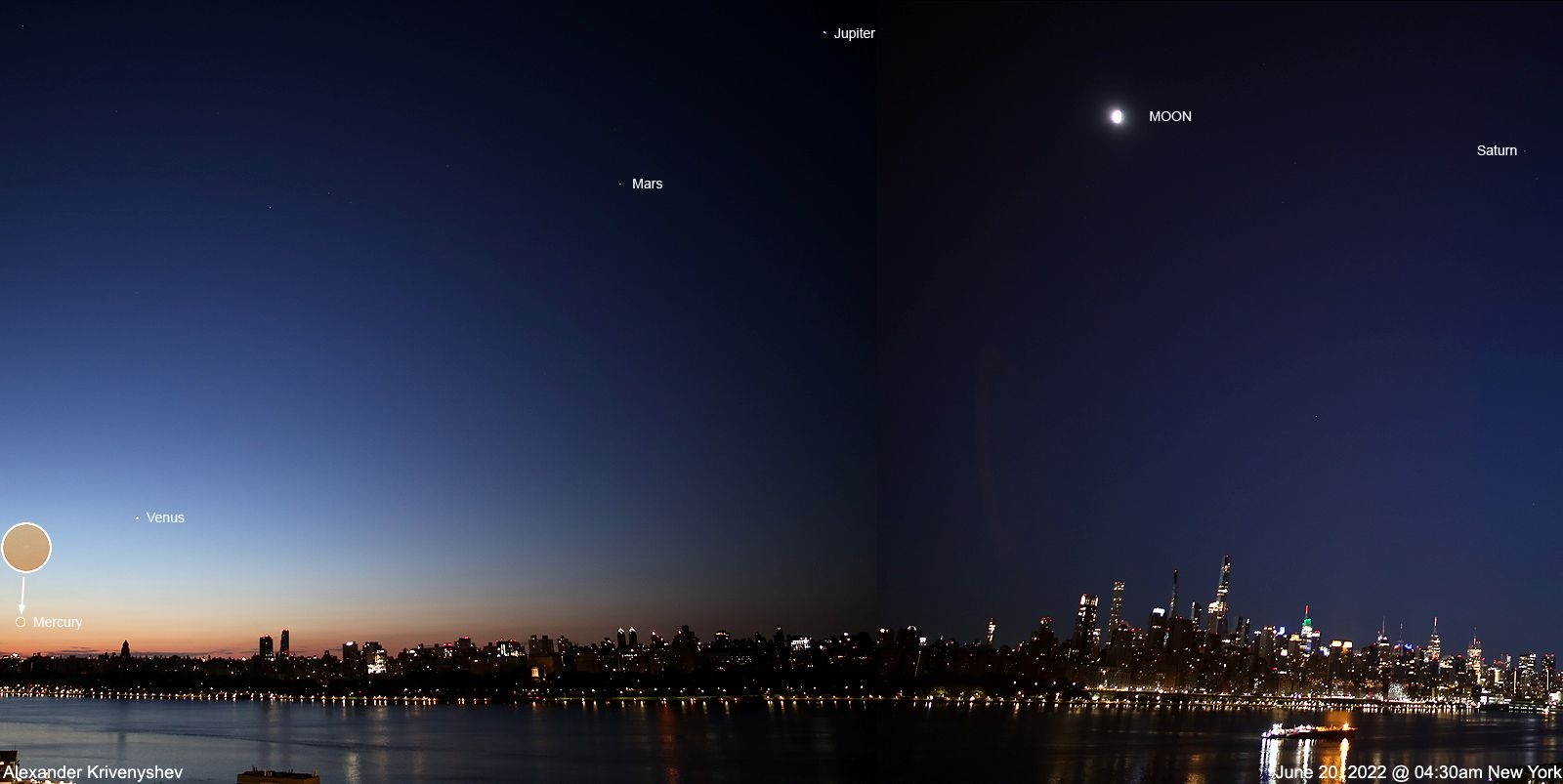
20/06 over New York 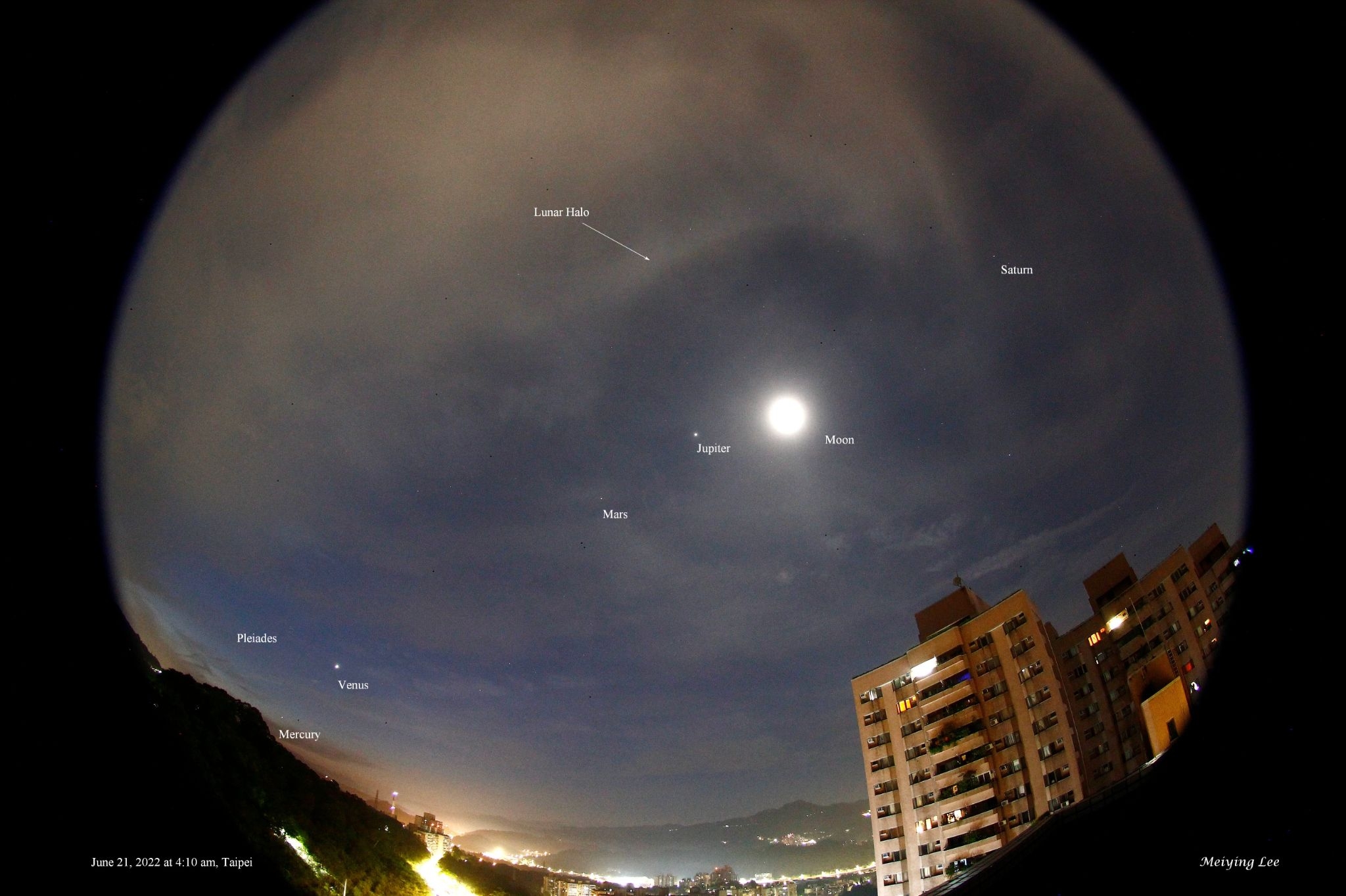
21/06 over Taipei
Not only do our neighbouring planets offer this stunning sight, we are also constantly learning more about them. The many probes around or on Mars, for instance, keep sending in new data. Three instruments on board the Mars Reconnaissance Orbiter have been used conjointly to find a region with clay sediments, suggesting that water would have flown in that Ladon basin region until “recently” – 2.5 billion years ago – which is indeed much more recent than previously thought. The MARSIS instrument of ESA’s Mars Express mission, on the other hand, is looking for water underneath the surface of Mars, and has just been given a well-deserved software update to perform its task after 19 years of operating on Microsoft Windows 98.
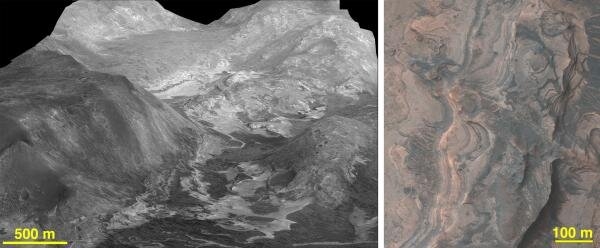
You, too, can get involved with state-of-the-art research in planetary science, with a new project on Zooniverse: Jovian Vortex Hunter. The team of researchers at the University of Minnesota are asking citizen scientists to catalogue features in images of Jupiter taken by NASA’s Juno spacecraft. More precisely, participants have to identify atmospheric vortices, storms that come in various sizes and shapes – this will help the researchers understand the physics behind Jupiter’s weather. Guides and video tutorials are provided, and the aim is to have at least 16 people examining every image. For now, there are under 500 volunteers for a whooping 60 000 images, so why not head over to Zooniverse (once you’re done reading this article!) and measure a couple of vortices ?
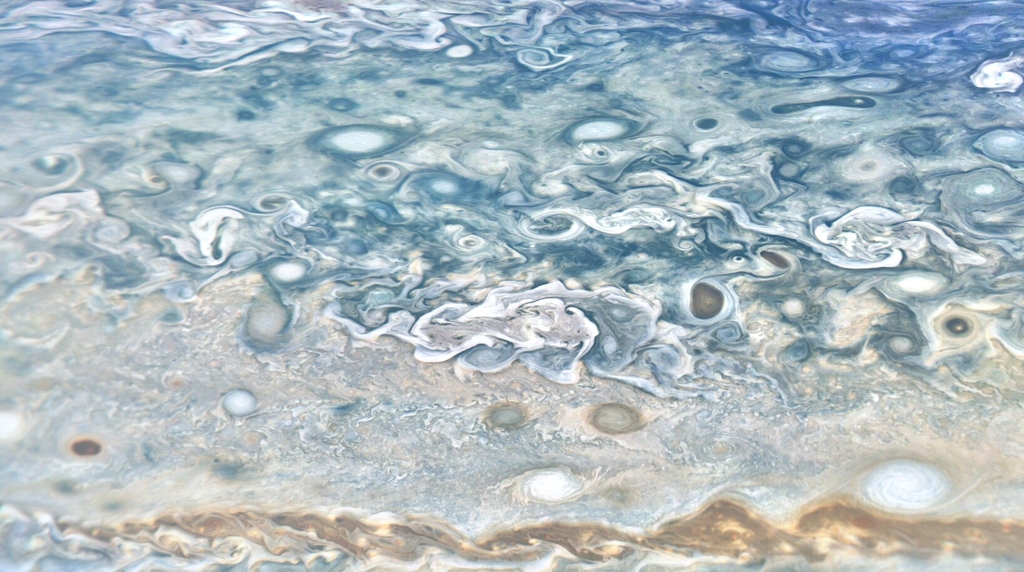
As we are considering the gas giants, let’s not forget about their incredible moon systems. Jupiter’s moon Europa has finally been observed at Ultraviolet wavelengths, revealing sulphur dioxide on the trailing hemisphere of Europa. The most likely explanation for the presence of this molecule is that volcanoes on Io, another Jovian moon, release sulphur, which then gets transported to Europa through Jupiter’s magnetic field where it interacts with water ice to become sulphur dioxide. Astronomers believe that there is an ocean below Europa’s surface, and while the surface does look like water ice in visible wavelength, more studies need to be conducted in the UV band where this moon looks so different - potentially exposing the presence of even more compounds.
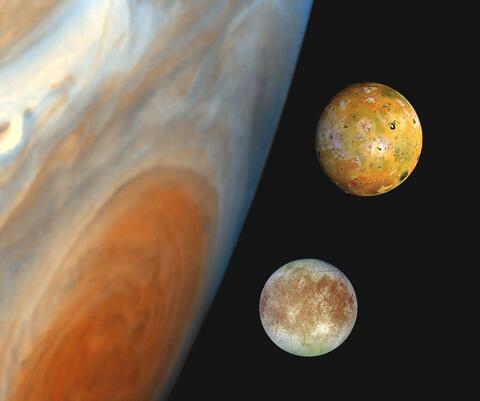
Io (bottom) and Europa (top) 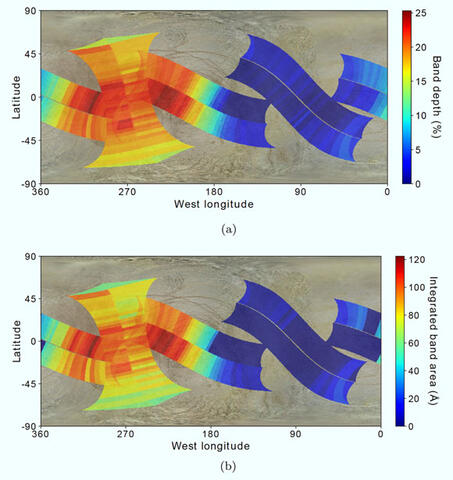
Map of SO2 on Europa
Saturn’s moons are not to be left out: in a recent study by the Southwest Research Institute, elliptical craters (which are much less common than circular ones) on Tethys and Dione were surveyed. Considering patterns in the data, especially the direction in which these craters point, it may be possible to determine the ages of these moons. This new perspective on cratering is especially exciting for the instigator who hopes to compare her results to results obtained with data from Uranus’ moons. This is of course a long-term vision: despite the Planetary Science Decadal Survey strongly recommending a mission to Uranus earlier this year and there being a convenient launch window in the early 2030s, we can’t forget the 13-year-long journey to the ice giant.
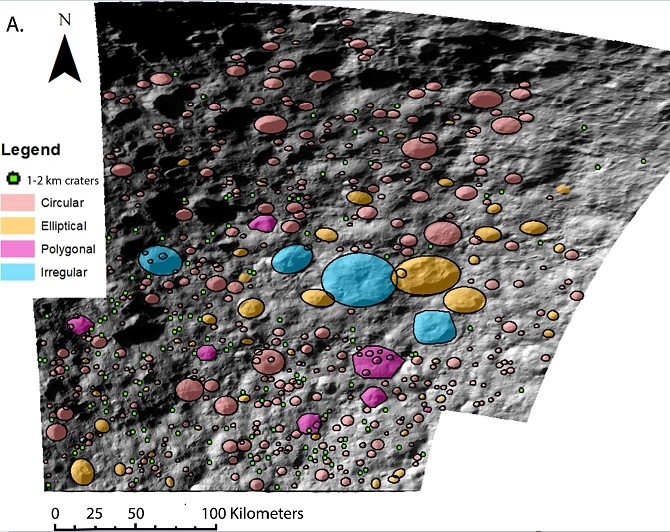
All these fascinating insights into our solar system’s formation and evolution make Friday’s spectacle that more inspiring!
Cover image: 7 planets line up and Moon, R. Kelly
Image Credits:
1 - Top-down view, JPL HORIZONS with additions by B. King
2 - Alignment on the 17th, M. Shaw
3 - Alignment on the 20th, A. Krivenyshev
4 - Alignment on the 21st, M. Lee
5 - Clay-bearing sediment, NASA/HiRISE/University of Arizona
6 - Vortices near Jovian North Pole, NASA/JPL-Caltech/MSSS/SwRI/R. Sankar
7 - Jupiter and two of its moons, NASA
8 - Map of sulfur dioxide, NASA/JPL/B. Jonsson/Becker et al., 2022
9 - Fig. 5 from Ferguson et al., 2022
